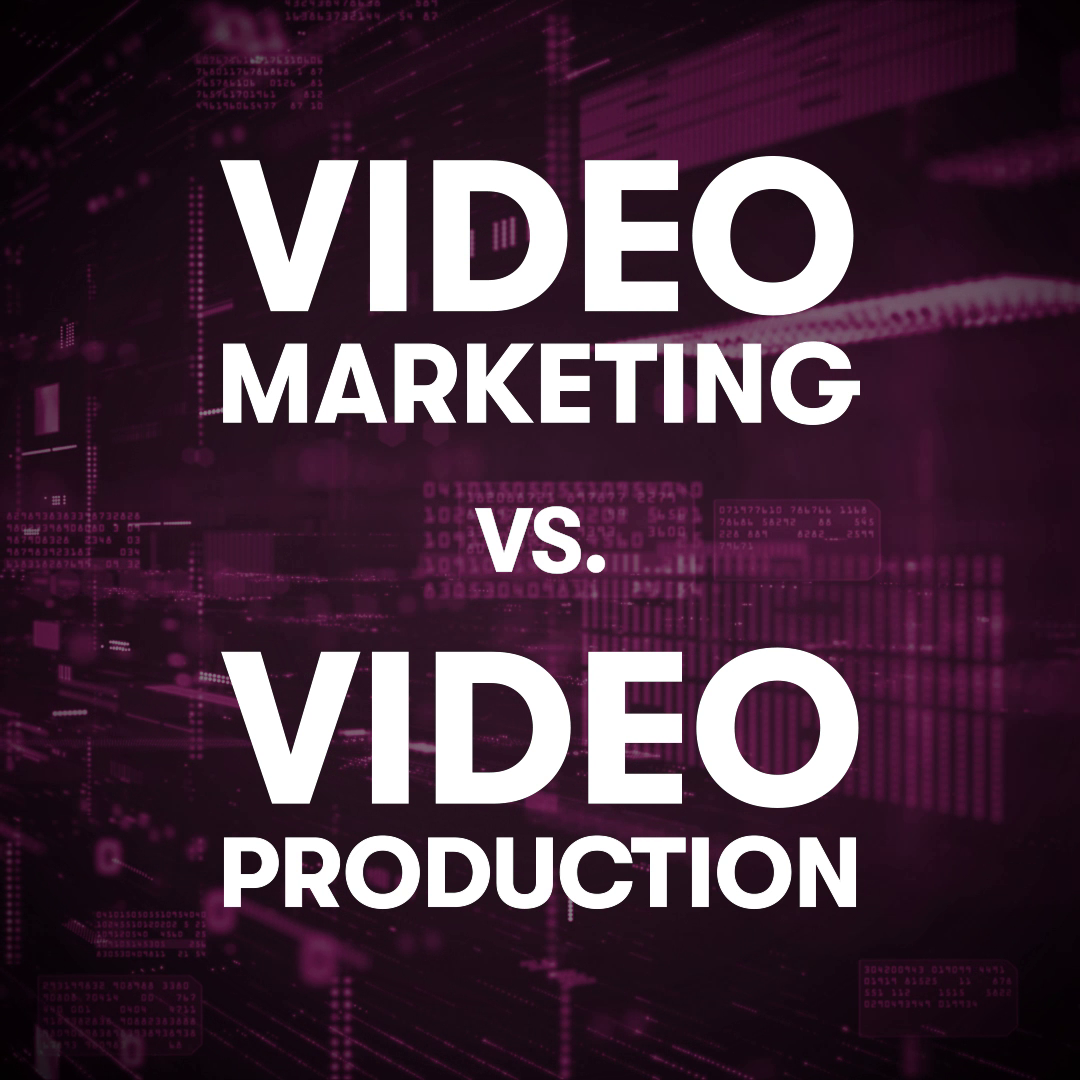It’s essential for brands to have a solid video strategy – 87% of marketers use it as a primary marketing tool. Despite this, there are still plenty of brands that fail to understand the key differences between video production and video marketing. It’s too easy to produce a video, post it across every social media outlet, and put some budget behind it. This can prove effective for driving views, but is unlikely to provide any solid ROI – successful marketing is the only way to make your content work. Creating video is one thing, but it’s getting seen that really matters. There are around 300 hours of video added to YouTube every minute – that’s a lot of competition for your brand’s content.
What is video marketing?
In short, strategy – you need to think differently about the way you create and seed your video content. If you’re just posting it across social media, without supporting assets and an activation plan, then you aren’t going to see the ROI from your marketing that you want.
Video production usually involves one-off projects – like a brand video, a showreel, or case study. Something that sits on your site, goes out to current customers, and has pride of place at the top of your socials. These are great for those who want to learn more about your company, but rarely deliver actual results – for that, you need to have a video marketing strategy, tailored around your specific audience. This encompasses more than just one video, but rather an entire journey for your viewers – how are they going to find your content? How are they ultimately going to engage with it? And where do they go from there?
Creating a successful video marketing strategy
There are plenty of things to consider when it comes to building out a video marketing strategy that will work for your brand. These are the most important.
Know your audience
This is the number one rule of any marketing campaign – you need to know who you’re targeting. It’s worth talking to your current customers, researching your current audience demographics, and building out an image of who you want to be engaging with your content. It’s not always a case of ‘the more, the merrier’ – it’s much more important to get your content in front of the right people.
Choose your platforms wisely
We’ve seen this time and time again – someone produces incredible video, and then scrambles to post it across Instagram, LinkedIn, Facebook … you name it. All with the same caption, same tags, and the exact same video. Using your content in this way might mean you end up with more eyes on your video, but it rarely leads to the engagement you want. It’s best to keep your platforms in mind at the planning stages, and adjust your video accordingly. Plus, make sure that your copy works for your chosen platform – your audience is unlikely to consume content in the same way on Twitter as they do on LinkedIn!
Optimise your content
SEO is known as a great way to drive traffic to websites, but few brands utilise it for their videos, too. This is a mistake – if you’re putting out great content, and solving the issues of your viewers, then it’s likely that they’ll search for their questions on either Google or YouTube. Tag your videos, take the time to add proper titles and descriptions that feature your keywords, and make sure that your content is accessible.
Paid promo
Yes, we mentioned this earlier, and yes, paid alone is unlikely to drive the ROI you need. However, with the right kind of video marketing strategy, you can boost video content in a way that puts it in front of the right people. If you’re going to use paid, take the time to segment and target your chosen audience, and test a few options to see what performs best on each platform.
Contextualise your content
Great content can be used again and again. However, that doesn’t mean just posting the same thing repeatedly. Try utilising your video marketing content in different ways so that you can keep it fresh, and build more traction. You could embed your video into a blog, introduce a competitive element, or even just crop it into smaller soundbites to appear on a different platform. The key difference between video production and video marketing is here – in how you use the content.
Production is part of your strategy, not all of it
There’s nothing wrong with investing in great video production – especially if you have ideas for a brand-building campaign that needs a full cinematic output to wow your viewers. However, mistaking video production for video marketing can quickly turn into your biggest mistake. Without a solid strategy behind your content creation, you risk wasting time, effort, and budget on video content that’s swiftly forgotten.
Need help with your video marketing? We’re a strategy-led content agency that can deliver award-winning video, animation and creative technology campaigns. Talk to us about our video marketing services here.

